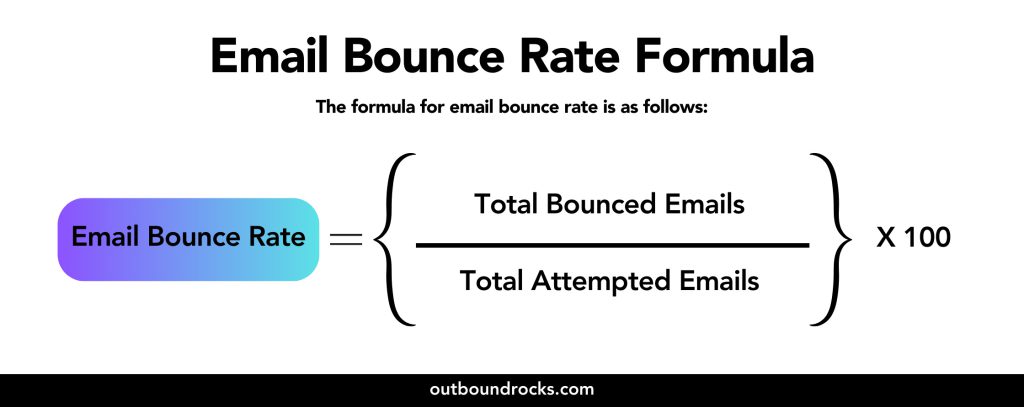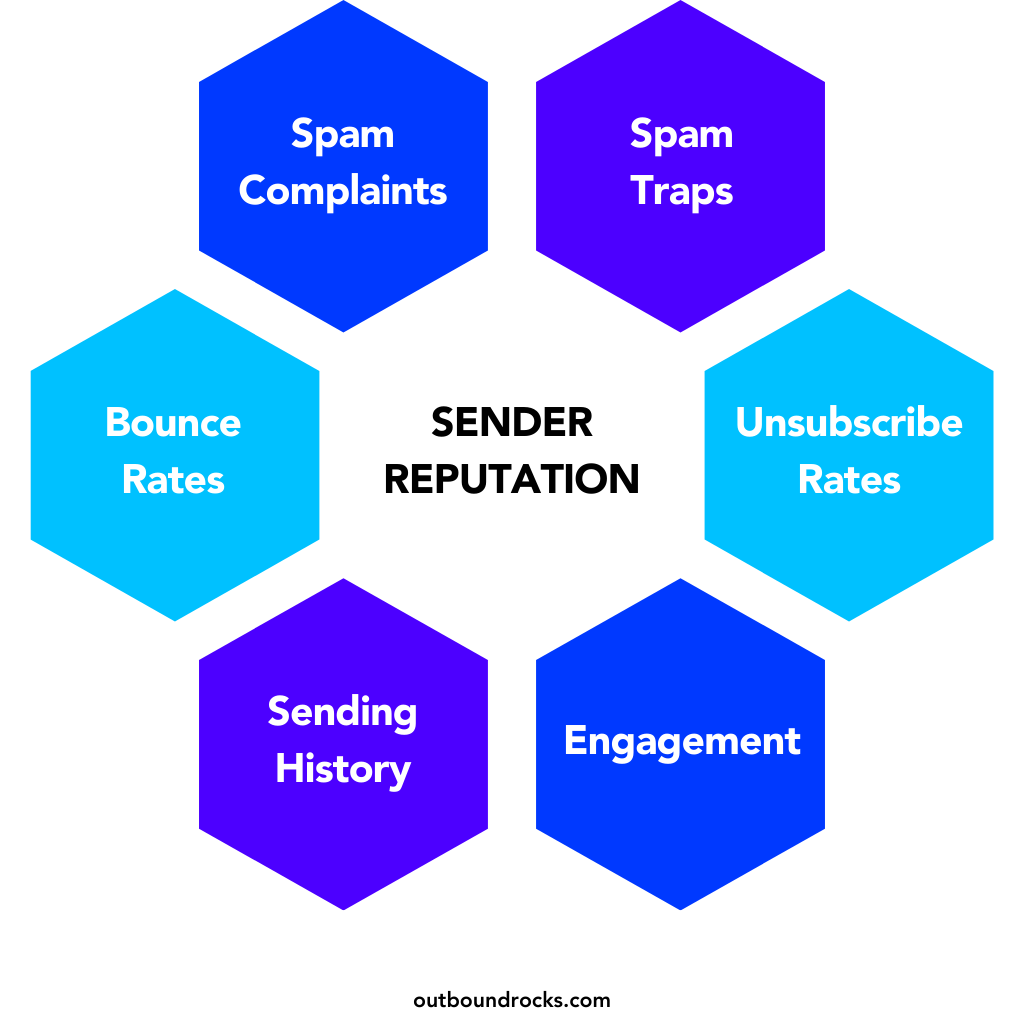Have you ever sent an important email only to receive a bounce-back notification?
It can be frustrating and a waste of time.
Email verification is a process that ensures that the email addresses you collect are valid and capable of receiving email.
In this article, we’ll explain what email verification is, why it’s important, and how you can easily set it up for your own email marketing or signup forms.
Whether you’re a business owner, marketer, or individual user, read on to understand the what, why, and how of email verification.
TABLE OF CONTENTS
– What is Email Verification?
– Why is Email Verification important?
– How to set up email verification
– Email verification tools
– Conclusions
What is Email Verification?
Email verification is a process used to confirm the authenticity and validity of an email address. Essentially, it confirms that the email address exists and can receive email.
This validation process typically includes checking the syntax, domain, and mailbox existence of an email address, among other things.
Here’s what email validation typically checks:
- Valid format: the email address follows the standard structure and doesn’t contain typos or special characters that can cause delivery problems.
- Existing domain: the domain name (the part after the “@”) is real and active. Inactive domains result in undeliverable messages.
- Existence of mailbox: in some cases, verification services can even verify that the specific mailbox associated with the address actually exists.
When your marketing campaign undergoes thorough verification, it is not only more likely to reach a genuine and interested audience, but it also avoids potential pitfalls such as spam traps and bounced addresses.
Why is important?
There are many benefits, here is a summary of what we believe to be the most important:
1. Reduce bounce rates
Bounce rates are the percentage of emails that cannot be delivered. For example, invalid or mistyped email addresses are a major cause of bounces.
Validation removes these bad addresses from your list, dramatically reducing bounce rates.

2. Improve sender reputation
Email service providers (ESPs) track sender reputation based on several factors, including bounce rates.
High bounce rates can negatively impact your reputation and potentially cause your emails to be flagged as spam.

3. Increase engagement
By removing invalid addresses, verification ensures that your emails are going to active users who are more likely to open and interact with your content.
The result is better campaign performance and a more engaged subscriber base.
4. Maintain list hygiene
A clean email list is essential for successful email marketing. Verification acts as a hygiene tool by removing inactive, invalid, or spam trap addresses.
This keeps your list healthy and ensures that you’re sending emails to those who want to receive them.
How to set up email verification
Here’s a breakdown of the key steps:
- Select an email verification service: choose a reputable email verification service or tool that meets your needs. Consider factors such as accuracy, speed, scalability, and integration capabilities.
- Integrate with your platform: if the service you choose offers an API, integrate it with your existing platforms, such as your email marketing tool or CRM system. This allows for seamless automation and real-time verification.
- Configure verification settings: customize the settings according to your preferences. This includes specifying the level of verification (single or bulk), selecting additional checks (syntax, domain, mailbox existence), and configuring any custom requirements.
- Implement bulk verification: if you have a large email list, take advantage of the bulk verification feature. Upload your list to the verification tool and the service will process multiple addresses at once, saving time and resources.
- Run individual email verifications: for real-time verification needs, implement the individual email verification process. This is useful for verifying addresses during user registration or before sending critical communications.
- Verify and update regularly: schedule regular reviews of your email list and update it based on verification results. This ensures that your database is accurate, up-to-date, and aligned with your communication goals.
- Monitor and analyze results: keep a close eye on verification results. Monitor bounce rates, delivery rates, and any feedback provided by the verification service. Use these insights to continually refine your email verification strategy.
- Respect privacy regulations: respect privacy regulations, such as GDPR, when handling and verifying email addresses. Choose a verification service that prioritizes data security and compliance.
Email verification tools
When choosing a tool, it’s important to evaluate the features that best meet your needs.
Here’s a table outlining key factors to consider when choosing an email verification tool:
| Factor | Description |
| Accuracy | Assess the tool’s accuracy in detecting valid and invalid email addresses. Look for a high precision rate. |
| Speed | Consider the processing speed of the tool, especially if you have a large email list to verify regularly. |
| Scalability | Ensure the tool can handle the size of your email list, both in terms of single verifications and bulk processing. |
| Integration Capabilities | Check if the tool provides integration options with your existing platforms, such as email marketing tools or CRMs. |
| API Availability | Evaluate whether the tool offers an API for seamless integration and automation of the verification process. |
| Reporting and Analytics | Choose a tool that provides detailed reports and analytics to monitor the results of your email verification efforts. |
Conclusions
If you want better deliverability rates and are looking for a tool to start cleaning your email list, you can simply create a free account with Outbound Rocks and try our free trial.
